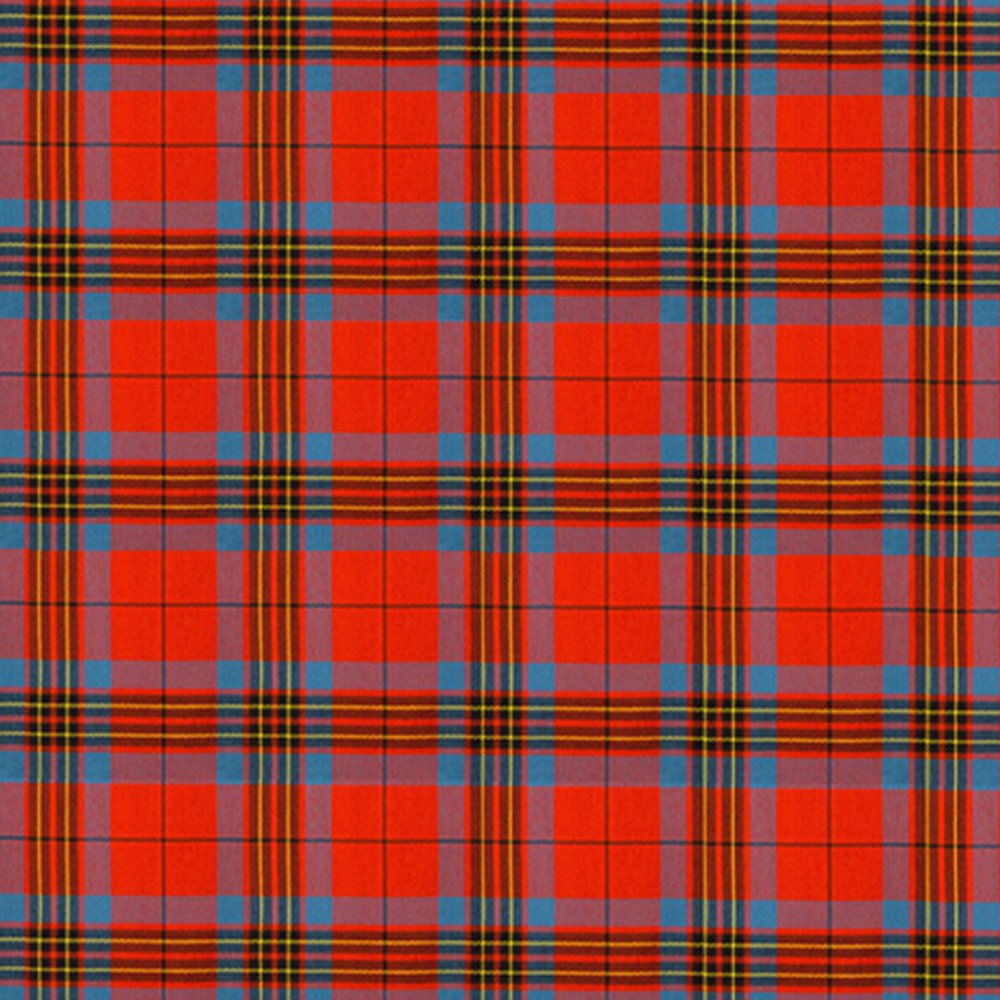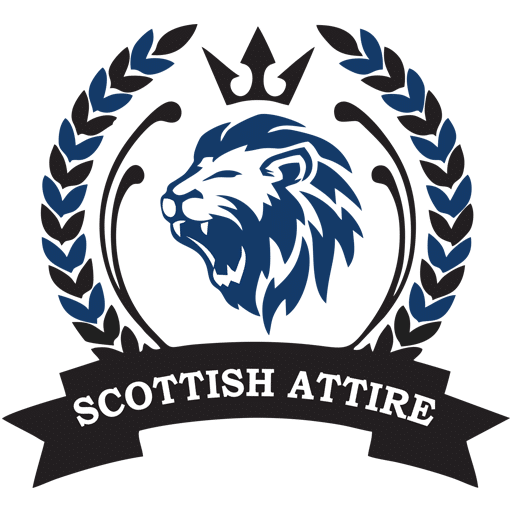Tartan Vs Plaid – A Comprehensive Guide

Many people mix tartan and plaid; even Scottish people are not really aware of the actual difference. I am thus writing a little blog post with you guys where I will be clarifying all the uncertainty regarding tartan and plaid. “All tartans are plaids, but not all plaids are tartans” is a common adage meant to help define the distinctions. Most of you may be confused; let us explain.
Tartan vs. Plaid
First, let us discuss individually Tartan and Plaid.
What is Plaid?
A plaid is essentially a long wool cloth worn over the shoulder. Tartan uses an interlocking woven pattern of colored stripes; the material itself is plaid. Plaid is derived from the word “plaide,” which refers to the garment worn before the modern men’s kilt. It was used to describe any blanket-type material earlier. It also claimed that the word plaid derived from Gaelic “plaide,” meaning a blanket indeed.
What is a Tartan?
Tartan is a checked pattern with vertical stripes exactly replicated from horizontal ones and stripes meeting at a 90-degree angle. Tartan forms the basic pattern. Usually, a plaid has a different size, color, and pattern; the stripes are likewise not the same in both directions.
Tartan’s Millstone
If you enjoy Outlanders, you have to be rather well aware of the Battle of Culloden in 1746. The whole uprising finishes and follows a bloody war in the Highlands. Charles Edward Stuart, sometimes known as Bonnie Prince Charlie, fought his Jacobite army of Highlanders against the Duke of Cumberland’s government. According to Scottish history, the Jacobite army’s regiment was dressed in tartan and represented a clan.
Wearing a particular tartan during the war enabled them to identify their own regiments.
But following the Culloden, where the Duke’s army emerged victorious, the government passed “The Disarming Act,” meant to destroy the clan system. Under that law, wearing a tartan turned into a criminal offense. It applied to common highlander men, whereas any woman, elite-class gentleman, or Highlander in a government regiment were exempt.
The ban was in effect until the year 1782, or about 36 years.
Tartan Origins
Every community in the Highlands had its own wear, generally men. People in the community would wear the tartan the weaver created as their district tartan. The link among the members of society resembled that of a family. Usually, the name of the tartan was the name of the weaver.
What meaning do the Tartan colors possess?
Usually, the colors in the tartan came from the dyes the weaver could find, and the shades were derived from nearby vegetation and animals. Their tartans reflected the inlands, which were more browns, oranges, and yellows; the coastal areas were more greens. Some rich weavers, however, imported exotic colors from madder, cochineal, woad, and indigo.
According to Historic UK, “tartan weavers used to get agonized over the pattern of tartans by simply identifying each thread color on a wood piece, which is known as a “maide dalbh,” or a pattern stick.”
King George IV met with the highland chiefs in 1822, and subsequently, Sir Scott asked each chief to wear a tartan representing their clan at all events. Although some chiefs objected to wearing it, generally it was a great success. Families who changed their tartans and those without tartans obtained one for their-self.
The royal palace at Balmoral in Deeside, Scotland, delighted Prince Albert and Queen Victoria. Both of them used to love everything about the Highlands. Prince Albert even created the Balmoral tartan, the main ornament for every one of their rooms.
Modern Scottish Tartans
Different Scottish tartans are constantly adding to the list. While some are universal tartans, most of them reflect any clan or family. Our collection consists greatly of outstanding tartans.
Plaid vs. Tartan vs. Check: Various Patterns
One thing that runs across all the checked patterns is their colored lines. Plaid can be a design with a checked pattern composed of wool or have the stripes printed on ordinary cloth. One can transform it into homewares or clothes.
Over the years, the definition of tartan has evolved. The tartan cloth is a Scottish plaid made from wool, which is customarily spun. Earlier, it was a custom to use natural dyes to create striped patterns of different colors. It creates a checked pattern when it is done in both directions.
Every locality had its own design and pattern, and some tartans reflected local plant life for dyeing. The whole procedure produced the tartan. Moreover, the formal system linking these tartans with clans came in the nineteenth century, and that is what we still consider tartans.
Conclusion
Therefore, this was my thorough analysis of tartan vs. plaid, and I am sure you now understand the tartans and plaids clearly. Feel free to post any of your points of view in the comment box. We would be rather pleased to implement your recommendation.

